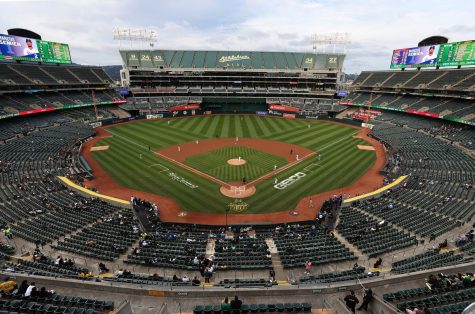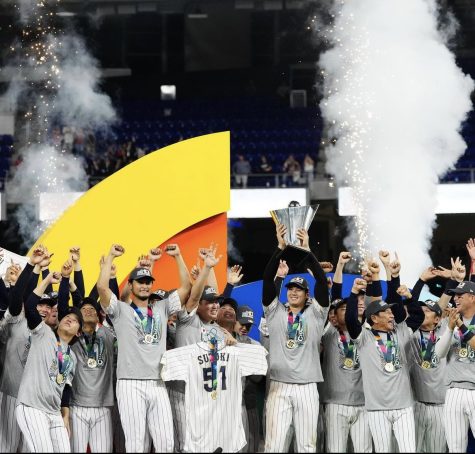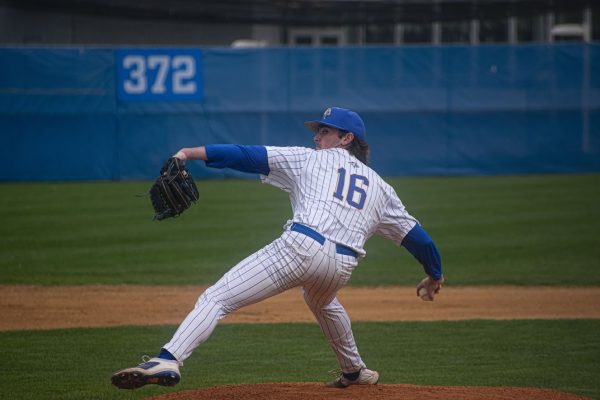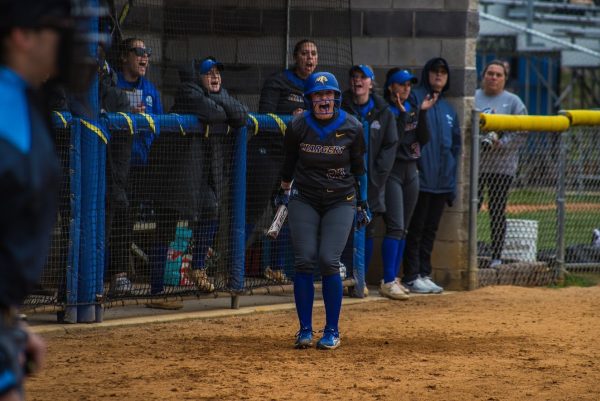MLB to experiment with new play strategies for 2023
Major League Baseball (MLB) has faced its fair share of criticism in recent years for the slower pace of play. This is a result of many different factors, but the MLB has experimented with ways to increase the pace of play, with some seeing their way into the MLB rules, while some prove to be completely ineffective.
One of the experiments that MLB has tried include a pitch clock that limits the amount of time a pitcher can take in between pitches. Banning the shift is another method that the league hopes will encourage hitters to put the ball in play more often, further reducing the amount of dead time in a baseball game. The restrictions that will be put in place state that two infielders must be standing on each side of second base and their feet must be “within the dirt boundary of the infield when a pitcher is on the rubber,”
The pitch clock has been used in all levels of the minor leagues up to this point, proving very effective in speeding up the game from an average of three hours and four minutes in 2021 to two hours and 38 minutes in 2022. Minor league pitchers have become accustomed to having a clock, and MLB is hoping for a smooth transition for it to come up through the majors. If this proves to be effective, the league will certainly explore other options to try to further speed up the game, which may not be necessary if the pitch clock works how they expect it to.
The length of games has played a large part in why baseball continues to lose so many fans. MLB’s trademark, which originated in 2019, coined “Let The Kids Play”, is marketed towards the younger generation in an effort to bring young kids back into the ballparks and their interests back in baseball. The trend that baseball has been on has been increasingly slow, which has driven kids away from the game and has swung the average MLB fan age up to 57. With the average age of an MLB player being 28.27 years old, combining that with an aging fanbase will see regressions in the numbers of viewership and ticket sales.
The addition of the pitch clock has been widely accepted by baseball fans who want to see a faster, more efficient game. Reducing the amount of dead time between pitches will shorten the average length of a game in an effort to end the criticism of calling baseball a dying sport. If they are successful in shortening games and bringing more young fans into the game to follow their young and upcoming superstars, MLB will see a resurgence in their viewership numbers as well as their attendance.
The MLB will also be using larger bases to protect both runners and fielders by giving them more room to avoid collisions on the field. The bases will increase from 15 square inches to 18 square inches, reducing the length of the basepaths by a total of 4.5 inches. Of the three changes that we will see in the 2023 season, this was the only one that received a unanimous vote from MLB’s new Joint Competition Committee.
Commissioner Rob Manfred hopes that these changes will make “the game even better and more enjoyable.” Average viewership for the 2022 season is down 15 percent from what it was in 2019, seen as the last full season with full fan capacity permitted at games. This could be due to a variety of factors, but MLB is looking to make changes to the game to answer their critics and gain back some of the interest that may have been lost from previous years.

Chris is currently a junior at the University of New Haven, and this is his second year writing for the Charger Bulletin. He is a journalism major with...










